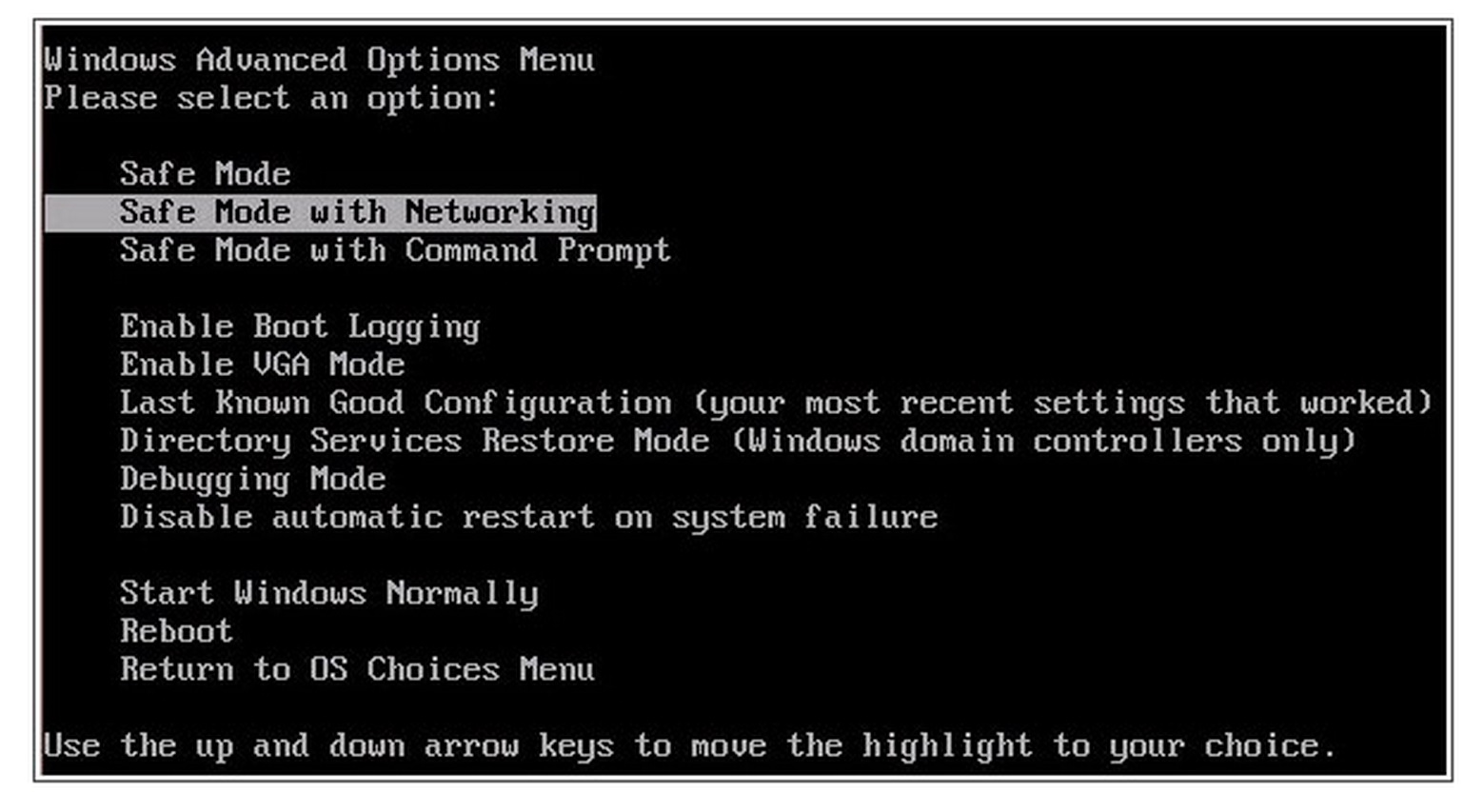

Two other mannequins made of material simulating human tissue - heads and female torsos, but no limbs - will measure cosmic radiation, one of the biggest risks of spaceflight.

For this test flight, a full-size dummy in an orange flight suit will occupy the commander’s seat, rigged with vibration and acceleration sensors. At 11 feet (3 meters) tall, it’s roomier than Apollo’s capsule, seating four astronauts instead of three. NASA’s high-tech, automated Orion capsule is named after the constellation, among the night sky’s brightest. Two hours after liftoff, an upper stage will send the capsule, Orion, racing toward the moon. The core stage will keep firing before separating and crashing into the Pacific in pieces. The boosters will peel away after two minutes, just like the shuttle boosters did, but won’t be fished from the Atlantic for reuse.

Unlike the streamlined Saturn V, the new rocket has a pair of strap-on boosters refashioned from NASA’s space shuttles. It’s called the Space Launch System rocket, SLS for short, but a less clunky name is under discussion, according to Nelson. But it’s mightier, packing 8.8 million pounds (4 million kilograms) of thrust. The new rocket is shorter and slimmer than the Saturn V rockets that hurled 24 Apollo astronauts to the moon a half-century ago. Here’s a rundown of the first flight of the Artemis program, named after Apollo’s mythological twin sister. Add everything up since the program’s inception a decade ago until a 2025 lunar landing, and there’s even more sticker shock: $93 billion.
#Fltplan go for win 7 how to#
Having the FMS routinely suspend itself upon reaching the IAF until further prompted to satisfy the atypical situation of multiple identical approaches may introduce bigger problems - like having it not sequence for the guy sliding down the final approach course trying to figure out how to get the FMS to catch up.The price tag for this single mission: more than $4 billion. Since almost all of the time you are cleared before reaching the IAF, having it automatically sequence is the expected behavior.

In your example, the FMS thinks you're going to fly the second approach upon reaching the IAF, unless you tell it not to sequence. The FMS does not know what ATC has told you - you have to tell the FMS to hold and not sequence. If in a real-world IFR situation where your clearance limit is the IAF, and you have not been cleared further upon reaching, you are supposed to enter holding at the clearance limit/IAF until receiving clearance whether you've told the FMS not to sequence or not. The FMS doesn't know what ATC has told you, but it does sequence when you get there whether you are cleared or not. Especially if you consider that 2400' is probably a MINIMUM altitude at the IAF, not a mandatory altitude.īy loading two identical approaches, what you've told the FMS is that you want to proceed to the MAP, and then commence the second approach. And if we're worried about traffic, well I'm not exactly comfortable holding at 3000' while other airplanes are flying the approach only six hundred feet below me. In response to why this isn't an AD, I would say that if 2400' is a safe altitude for an IAF, why wouldn't it also be a safe altitude at the same location on the miss? Sure, there could be a traffic conflict but there should not be a terrain or obstacle problem. Just seems like more questions than answers to me. If you have the same waypoint twice in a a row in the flight plan (but at different altitudes) what is the navigator supposed to do after you pass the waypoint the first time (at, we hope, the first altitude)? Is there a holding pattern at that waypoint while you climb or descend to the new altitude? In that case wouldn't a holding pattern between the waypoints make more sense than a discontinuity? On the other hand, how does the (lateral) navigator know when you've made the right number of turns in the holding pattern and that your next pass at the holding fix is in fact the exit waypoint?


 0 kommentar(er)
0 kommentar(er)
